The Earthly Paradise c.1920
Oil on canvas 73 x 92 cm
Suzanne Duchamp is the fourth of six children born into a wealthy family with an artistic temperament. The painter Émile Frédéric Nicolle is her maternal grandfather and she is the youngest sister of: Jacques Duchamp, known as Jacques Villon (1875-1963), painter, engraver; Raymond Duchamp, known as Raymond Duchamp-Villon (1876-1918), sculptor; Marcel Duchamp (1887-1968), painter, sculptor and author. She began studying at the Rouen School of Fine Arts at the age of 16. His first works are impressionist and cubist inspired. She married at the age of 21, but quickly divorced and moved to the Parisian district of Montparnasse to be closer to her brother Marcel Duchamp and develop her artistic career. Despite the difficulty for female painters to obtain full recognition, the celebrity of her older brothers in the artistic community allowed her to have her first major exhibition at the age of 22 at the Salon des Indépendants in Paris. She then took part in the Salon des Tuileries, the Salon d'Automne and the Union of Women Painters and Sculptors. She also had several private exhibitions at the Galerie Paul Guillaume (1922), the Galerie René Zivy (1928) and the Galerie Le Portique (1929)2. A nurse in Paris during the First World War, she produced practically nothing until 1916. The first of her Dadaist works appeared after the war. Completed in 1919, Multiplication Broken and Restored is a typical example of his Dadaist work. The same year, she married the painter Jean-Joseph Crotti, whose painting she would considerably influence. In 1967, his brother Marcel helped to mount an exhibition in Rouen entitled The Duchamps: Jacques Villon, Raymond Duchamp-Villon, Marcel Duchamp, Suzanne Duchamp. Part of this family exhibition was then presented at the National Museum of Modern Art at the Center Georges-Pompidou in Paris.



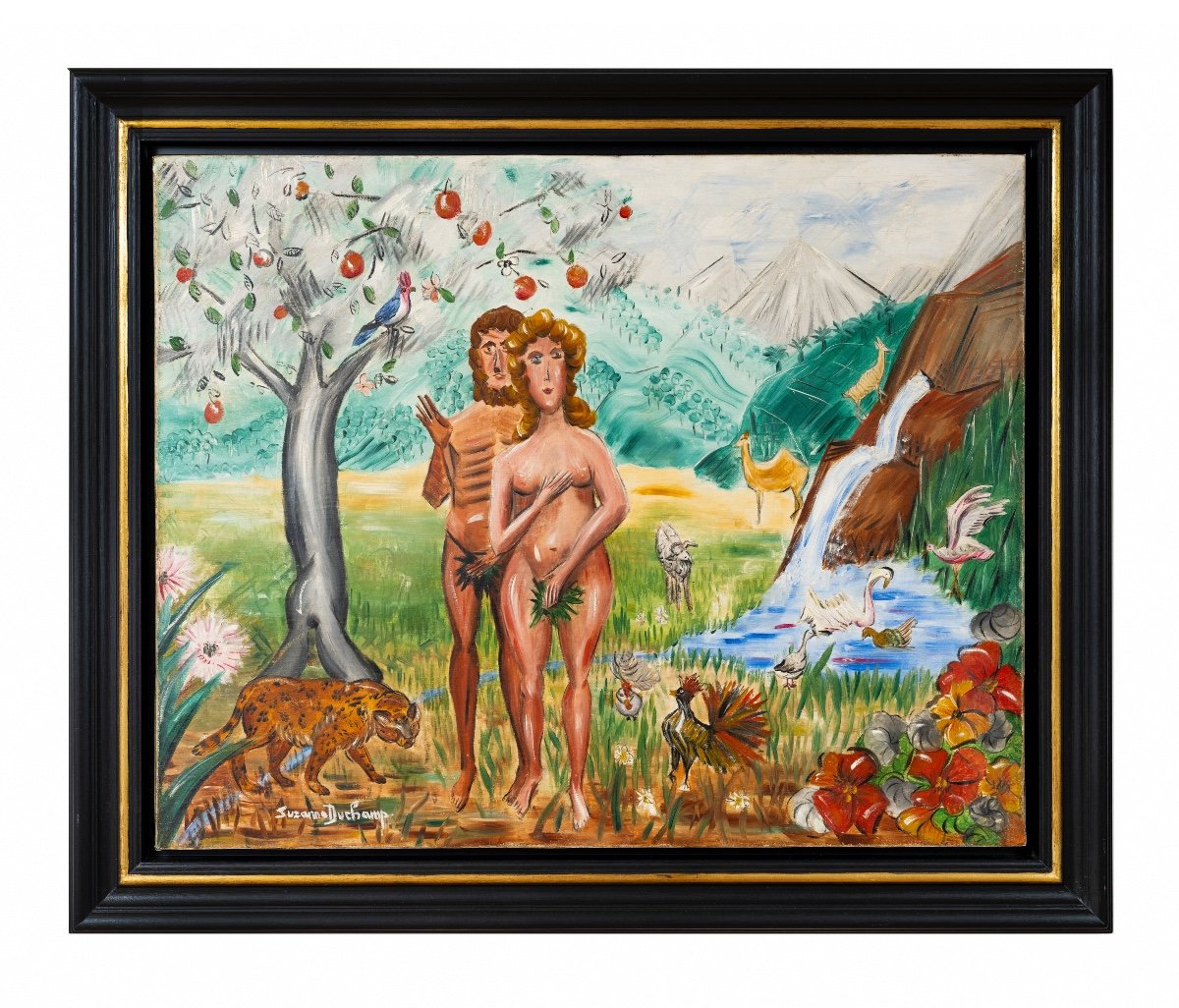

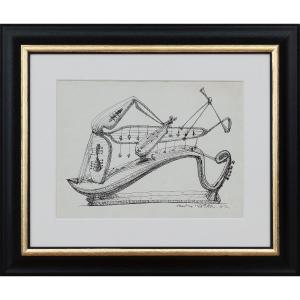
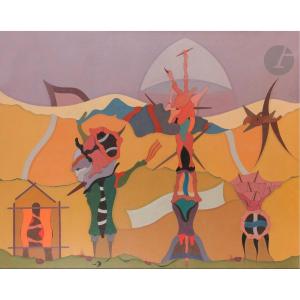
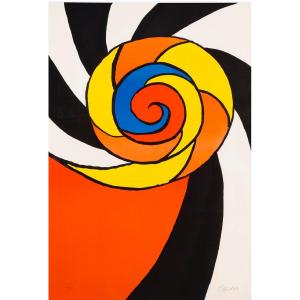



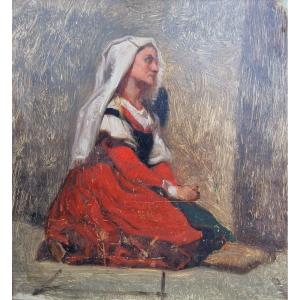
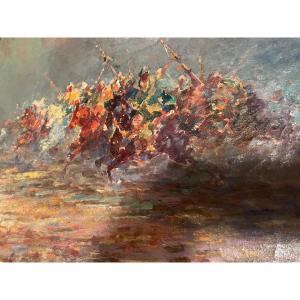

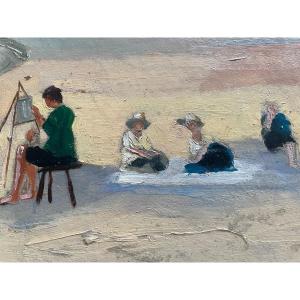




 Le Magazine de PROANTIC
Le Magazine de PROANTIC TRÉSORS Magazine
TRÉSORS Magazine Rivista Artiquariato
Rivista Artiquariato
